A Practical Guide to Planning Your Trip to the Bavarian Alps
WanderInEurope is reader-supported. Affiliate links and ads help us keep creating useful content for you.
Now that we’ve explored the towns and attractions of the Bavarian Alps, you should have a good idea of how to plan your trip. You’ve probably already picked out the places you want to visit this time and the ones you’ll save for later. To make your planning easier, I’ll share some tables with travel details, including:
- Road distances and travel times between towns in the Bavarian Alps
- Public transportation options and commute times between towns
- Road distances and travel times from major airport cities to Bavarian Alps towns
- Public transportation options and commute times from airport cities to Bavarian Alps towns
I’ll also cover other useful tips, like the best time to visit and how many days you might need.
From the information in the tables below, you can gauge the distance you’ll need to drive to reach your next stop and the duration of your journey.
| From/To | Berchtesgaden | Mittenwald | GaPa | Oberammergau | Hohenschwangau |
|---|---|---|---|---|---|
| Berchtesgaden | – | 188.7 km (2h 25m) | 188.4 km (2h 12m) | 189.6 km (2h 15m) | 216.6 km (2h 47m) |
| Mittenwald | 188.7 km (2h 25m) | – | 17.9 km (16m) | 35.5 km (34m) | 78.7 km (1h 8m) |
| GaPa | 188.4 km (2h 12m) | 17.9 km (16m) | – | 19.2 km (20m) | 61.6 km (52m) |
| Oberammergau | 189.6 km (2h 15m) | 35.5 km (34m) | 19.2 km (20m) | – | 46 km (43m) |
| Hohenschwangau | 216.6 km (2h 47m) | 78.7 km (1h 8m) | 61.6 km (52m) | 46 km (43m) | – |
The tables below provide a clear picture of your commute. They show the number of transfers you’ll need to make, as well as the number of train or bus rides you’ll take. For instance, if you have 3 train rides, that means you’ll make 2 transfers. They also give an estimate of the total time you’ll spend commuting.
| From/To | Berchtesgaden | Mittenwald | GaPa | Oberammergau | Hohenschwangau |
|---|---|---|---|---|---|
| Berchtesgaden | – | 2 trains, 1 bus (4h 33m) | 2 trains, 1 bus (4h 9m) | 3 trains, 1 bus (5h 4m) | 3 trains, 1 bus (6h 7m) |
| Mittenwald | 2 trains, 1 bus (4h 38m) | – | 1 bus (21m) | 2 trains (1h 43m) | 2 buses (3h 26m) |
| GaPa | 2 trains, 1 bus (4h 4m) | 1 bus (21m) | – | 2 trains (1h 12m) | 1 bus (2h 6m) |
| Oberammergau | 3 trains, 1 bus (4h 59m) | 2 trains (1h 45m) | 2 trains (1h 16m) | – | 1 bus (1h 30m) |
| Hohenschwangau | 3 trains, 1 bus (6h 7m) | 1 bus, 1 train (2h 43m) | 1 bus (2h 7m) | 1 bus (1h 31m) | – |
Now, let’s discuss how you can reach any of the towns in the Bavarian Alps.
There are many routes to the Bavarian Alps. You can start from anywhere in Germany or even from nearby countries. Thanks to technology, traveling from one place to another in Western Europe has never been easier. As long as you know how to use basic travel smartphone applications, you will never be lost.
You can download the most essential apps for traveling in Germany and the Bavarian Alps from the provided link.
- DB Navigator [ AppStore | PlayStore ] – For booking public transportation, finding schedules, real-time information, coach sequence, cheap deals, and so much more!
- Google Maps [ AppStore | PlayStore ] – For navigating with your car, finding the best route, and searching for train/bus schedules.
Google Maps alone is sufficient for our navigation, even using public transportation.
With the current tech we have now, regardless of whether you want to drive or use the trains, you no longer have to memorize streets, stations, and so much more just to get to the place you want to visit.
This is why I will no longer give you the exact steps of which street to turn to, which train line to ride on, and so on. Instead, I will provide more tables showing you how far the Bavarian Alps are from where you plan to start your journey. Using the tables:
- You can assess which destination in the Bavarian Alps is nearest to where you are coming from.
- If you’re coming from overseas, you can select which airport you would want to use for arrival in Germany or Europe, considering the Bavarian Alps as your primary destination.
- You can get an idea of which city to visit next after touring the Bavarian Alps.
- In some cases, you will also know which city you can use as your home base.
Here is the list of cities with airports near the Bavarian Alps that we can select for your arrival. These cities are in on this list because:
- You can reach the Bavarian Alps in less than 4 hours of driving from these cities. We don’t want to drive for more than half a day!
- You can use a public transport route from these cities to get to the Bavarian Alps in a shorter duration than taking another flight to a nearer city. In other words, land travel to the Bavarian Alps from these cities takes less time than air travel. Please note that the air travel time estimate includes the actual flight time, time spent during check-in, and time spent during the security check.
Driving Distance (Cities/Airports to towns in Bavarian Alps)
| Airport/City | Berchtesgaden | Mittenwald | GaPa | Oberammergau | Hohenschwangau |
|---|---|---|---|---|---|
| Frankfurt | TOO FAR | TOO FAR | TOO FAR | TOO FAR | 425.8 km (3h 30m) |
| Munich | 154.7 km (1h 31m) | 106.3 km (1h 16m) | 90 km (1h 2m) | 91.2 km (1h 4m) | 121.2 km (1h 36m) |
| Zurich | TOO FAR | 292.6 km (3h 15m) | 288.1 km (3h 9m) | 272.4 km (3h 6m) | 238.6 km (2h 31m) |
| Salzburg | 23.4 km (25m) | 182.4 km (2h 14m) | 182.1 km (2h 2m) | 183.2 km (2h 4m) | 210.3 km (2h 36m) |
| Innsbruck | 195.8 km (2h 2m) | 38.1 km (31m) | 55.7 km (46m) | 73.3 km (1h 4m) | 110.7 km (1h 22m) |
Commuting Distance (Cities/Airports to towns in Bavarian Alps)
| Airport | Berchtesgaden | Mittenwald | GaPa | Oberammergau | Hohenschwangau |
|---|---|---|---|---|---|
| Frankfurt | TOO FAR | 1 train (5h 41m) | 1 train (4h 46m) | 2 trains (5h 14m) | 3 trains + 1 bus (5h 43 m) |
| Munich | 1 train (2h 54m) | 1 bus (1h 40m) | 1 bus (1h 15m) | 2 trains (1h 50m) | 1 train + 1 bus (2h 33m) |
| Zurich | TOO FAR | 2 trains (5h 12m) | 2 trains (5h 50m) | TOO FAR | 2 trains + 1 bus (5h 23m) |
| Salzburg | 1 bus (46m) | 2 trains (3h 27m) | 2 trains (3h 6m) | 3 trains (3h 34m) | 2 trains + 1 bus (4h 54m) |
| Innsbruck | 3 trains (3h 23m) | 1 bus (45m) | 1 bus (1h 10m) | 2 buses (2h 39m) | 3 buses (3h 40m) |
Here is an example of how the table can assist you.
Let’s say you found two flights to Germany. One is going to Frankfurt, and another is heading to Munich. The flights to Frankfurt are on sale and therefore cheaper, while the flights to Munich are at regular prices. You should choose the cheaper flight, right? Not so fast. You must also consider the land travel between Frankfurt and your destination in the Bavarian Alps.
Now we choose:
- Should I take the cheaper flight but spend more hours on the road? This would mean more expenses for fuel or a train ride.
- Or should I take the flights to Munich? Here, we don’t care if it’s more expensive as long as I get to the Bavarian Alps in no time.
Now that you know the attractions and towns to visit in the Bavarian Alps and the cities close to the Bavarian Alps where you can start your trip, the next question is: What’s the best mode of transport in the Bavarian Alps – train, bus, or private car?
Public transportation in the Bavarian Alps is generally efficient and convenient. There’s no real need to rent a car, particularly if you’re just going to the main attractions. A private vehicle might only be necessary if you need to get to a remote location quickly or if you want more freedom during your trip.
Before you book your plane or train to the Bavarian Alps, make sure you are coming at the right time! Well, it’s actually hard to say when you should visit the Bavarian Alps because it’ll all depend on what kind of activities you want to experience.
But as a rule of thumb, if you want to see all the highlights of the Bavarian Alps, including the towns and the tourist attractions around Garmisch-Partenkirchen, Mittenwald, Oberammergau, Berchtesgaden, and Hohenschwangau, the best time to visit the Bavarian Alps is during the summer.
Summer is the time of the year when most tourist attractions are open to travelers, it’s not so chilly to do outdoor adventures, and different cultural festivals are taking place. It’s time to fully experience the Bavarian Alps!
However, because everyone is coming to the Bavarian Alps during this time, you must expect longer lines at the top tourist attractions, especially at Neuschwanstein Castle! The parking could be terrible, too, during this season so be prepared if you plan to travel by car.
Another nice thing about summer is that the length of the day is longer, giving you more opportunity to have more experiences to try and places to explore per day. Like, at the peak of the summer, the sun is up in the sky until 9:00 pm. I have to admit, as someone from the equator, I was amazed to see the sun set that late!
If you want a quieter visit to the Bavarian Alps and you want to see the mountains and lake at their most spectacular appearance, try visiting the Bavarian Alps during the Autumn (late September). Especially, Konigssee and Eibsee, during autumn, they’re the places where you can spend half a day boating or hiking, taking pictures with the stunning fall foliage trees reflected on the surface of the lake.
So, you’ve decided to visit the Bavarian Alps? That’s fantastic! Now, you might be wondering how many days you would need to fully enjoy the Bavarian Alps.
If you want to see everything from Neuschwanstein to Berchtesgaden — essentially, the entire Bavarian Alps — you’ll need about 10 days. If you’re looking for a more leisurely pace and want to engage in more outdoor activities, you might want to extend your trip to two weeks or 14 days.
However, if you’re pressed for time, a week would be sufficient, although you might not be able to see every highlight of the Bavarian Alps. Here’s a suggestion for a 7-day itinerary: start in Munich and take a day trip to Neuschwanstein Castle. Then, move on to Garmisch-Partenkirchen or Mittenwald and spend 4 days exploring the towns and surrounding areas. Be sure to visit Zugspitze, Eibsee, and Linderhof Palace.
From your base in Garmisch-Partenkirchen, consider a day trip to Oberammergau and visit Ettal Abbey to add a cultural element to your trip. That brings us to six days. On the last day of your trip, you could go shopping for souvenirs or relax at a spa or take a scenic drive around the area.
Even if you’re only planning a weekend trip or a 3-day stay, you can still enjoy the Bavarian Alps. A quick trip to Berchtesgaden offers various attractions that provide a well-rounded experience of the Bavarian Alps in just a few days. Within three days in Berchtesgaden, you can visit Konigssee, Jenner, Rothbach Waterfall, Eagle’s Nest, and Salt Mine, and still have a few hours left for relaxation and culinary adventures.
So, after all that, the simple answer to the question ‘how many days in the Bavarian Alps’ is: it can range from 3 days to 14 days, depending on your preferences. The minimum is 3 days to truly enjoy and feel that you’ve seen the best of the Bavarian Alps.
The tables I’ll show you provide the following information: road distance, travel duration using a car, commuting complexity, and travel duration using public transportation.
- The “road distance” data in the tables I’ll provide can help you estimate costs for mileage, fuel, or car rental, should you choose to drive or hire a vehicle.
- The “travel duration using a car” information can assist you in managing your time efficiently, allowing you to plan when to depart from one location to arrive on time at your next destination.
- The tables also indicate the “commuting complexity,” which shows how many transfers are required to reach the next destination. Locations requiring multiple transfers often become a lower priority to avoid the hassle of purchasing multiple tickets and potentially incurring additional expenses, unless you opt for unlimited public transit passes.
- Lastly, the tables provide an estimate of the “travel duration using public transportation.” This is particularly useful if you plan to use public transport and have tours or bookings at specific times. By allowing ample time for your commute and coordinating it with your tour bookings, you can avoid the stress of missing your schedule.
Notes:
- The data from the tables are from Rome2Rio and Google Maps Schedule Explorer.
- Before you use the data to plan your itinerary, it’s important to consider the traffic situation at the time of your travel, especially if you’ll be traveling by car.
- The travel duration using public transportation, as shown in the tables, includes the time between transfers. These are the fastest estimates and are intended to give you an idea of how long you’ll be in transit.
- If you’re using public transportation, consider downloading the DB Navigator app for your Android or iPhone. This app provides train and bus journey information, helps you find the cheapest tickets, enables quick booking, and provides exact transit schedules.

Free Bavarian Alps itineraries for you from WanderInEurope!
From great hotel deals to skip-the-line tickets and affordable eSim to cheap rentals, click here for the best hotel deals and more travel discounts.
Where to Go Next?
Where should you go after visiting the Bavarian Alps? You have a few great options!
You could explore more of Southern Germany (check out WanderInEurope’s Destination Bucket List), head south to Innsbruck for a quick day trip to see the highlights or stay for two days to take it all in, or go east to Salzburg, which offers plenty of free activities. For a well-rounded experience in Salzburg, plan to spend at least two days or even three if you want to explore more deeply.
For a convenient, unique, or more enriching visit, check out these experiences and services:


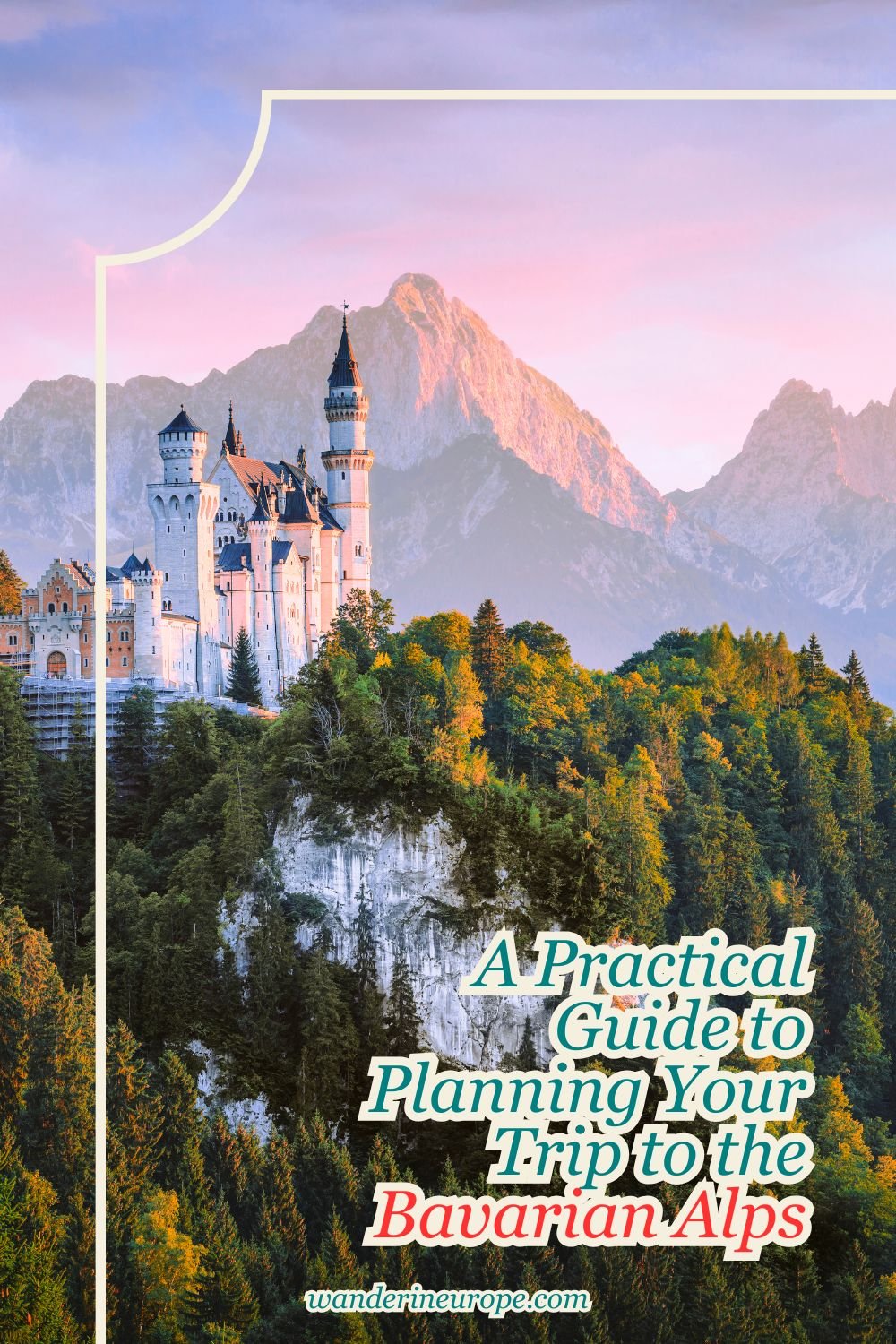
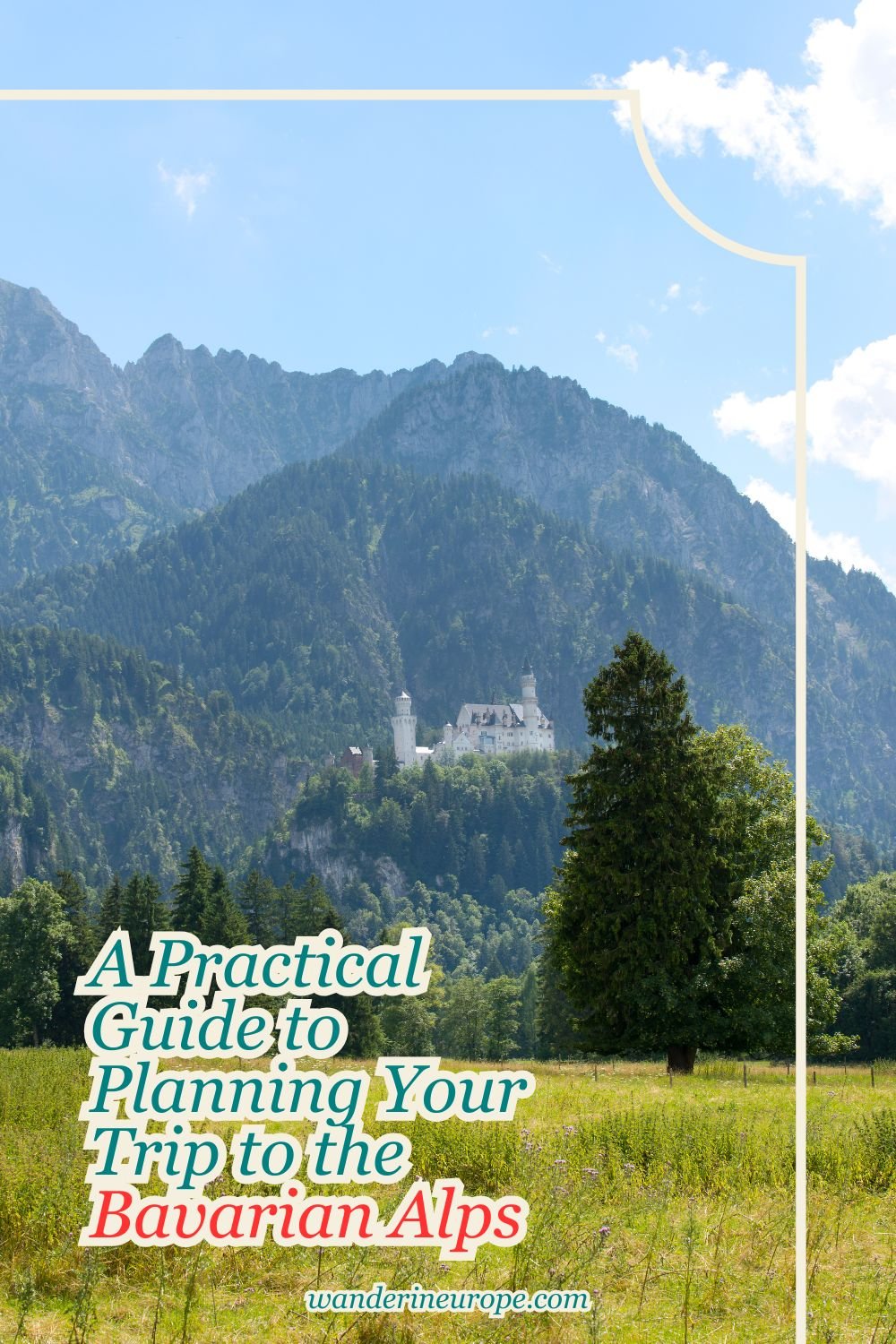
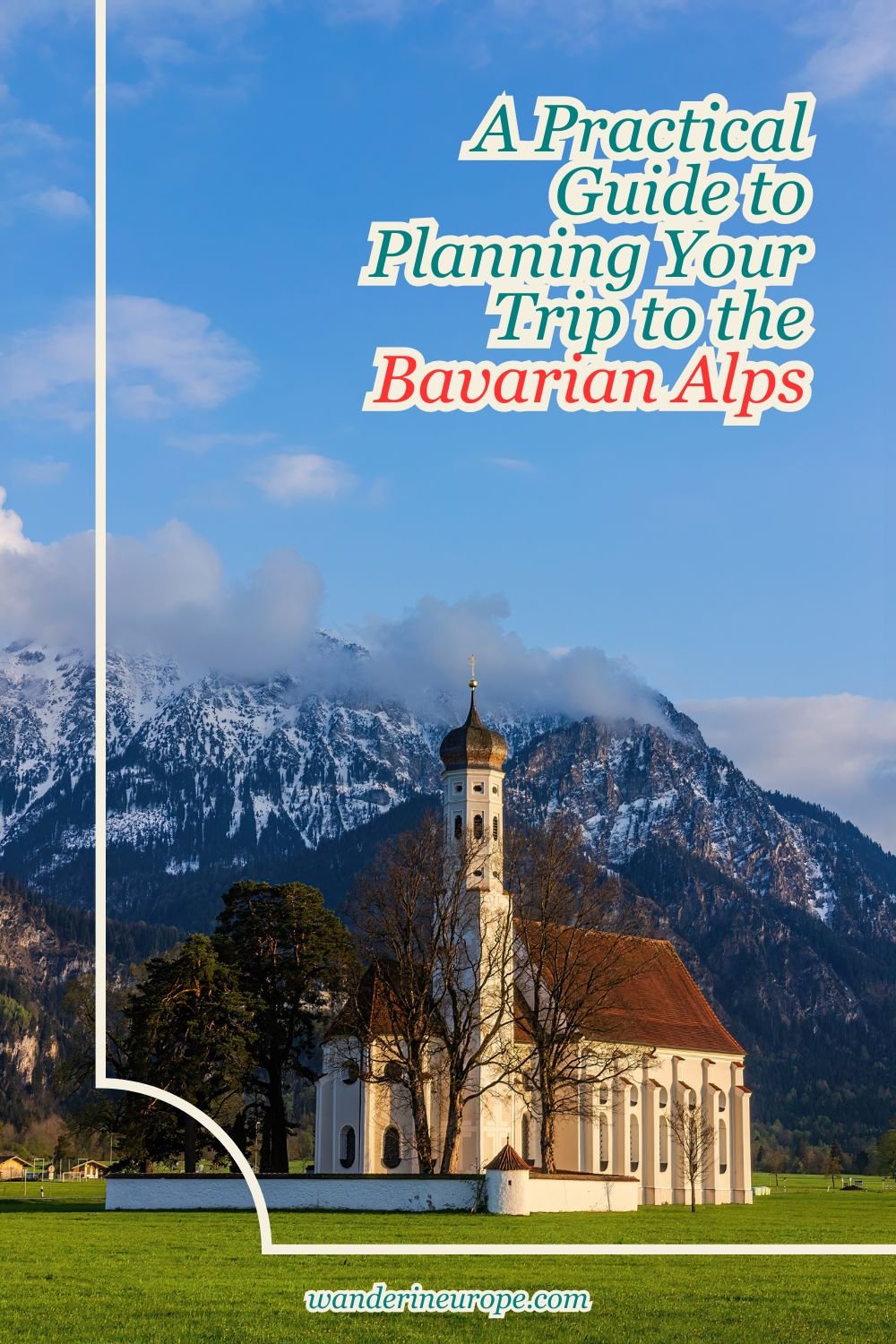
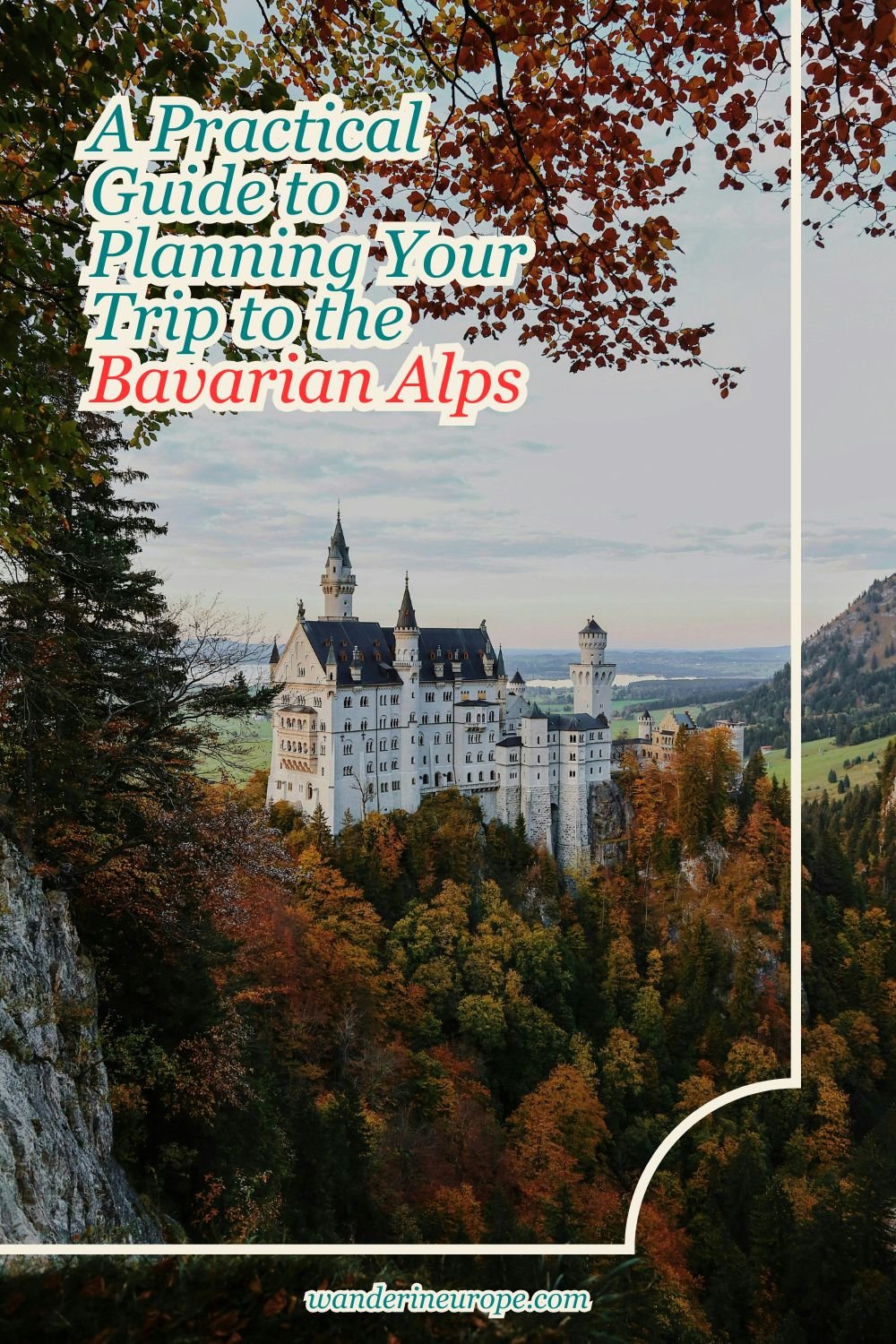
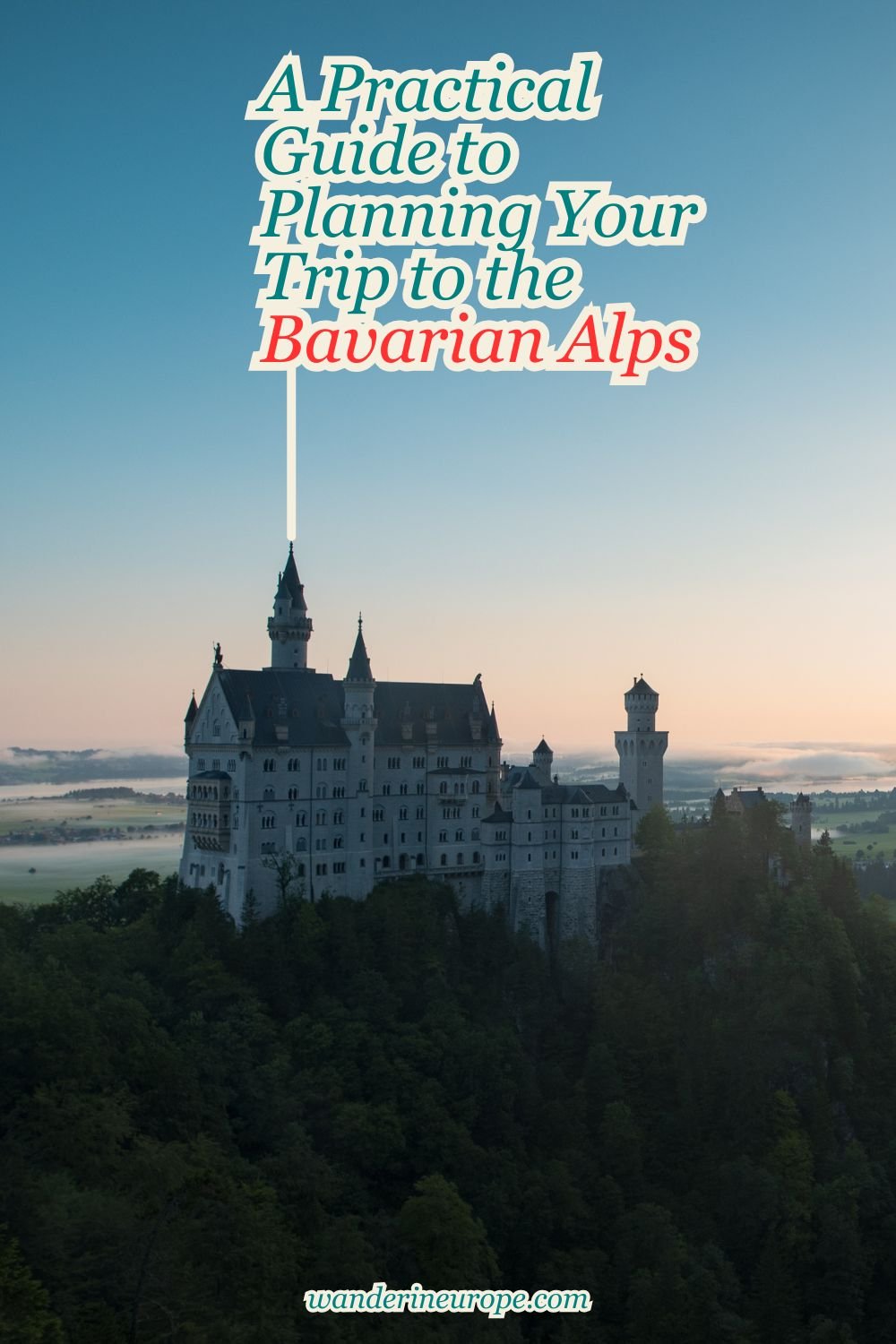
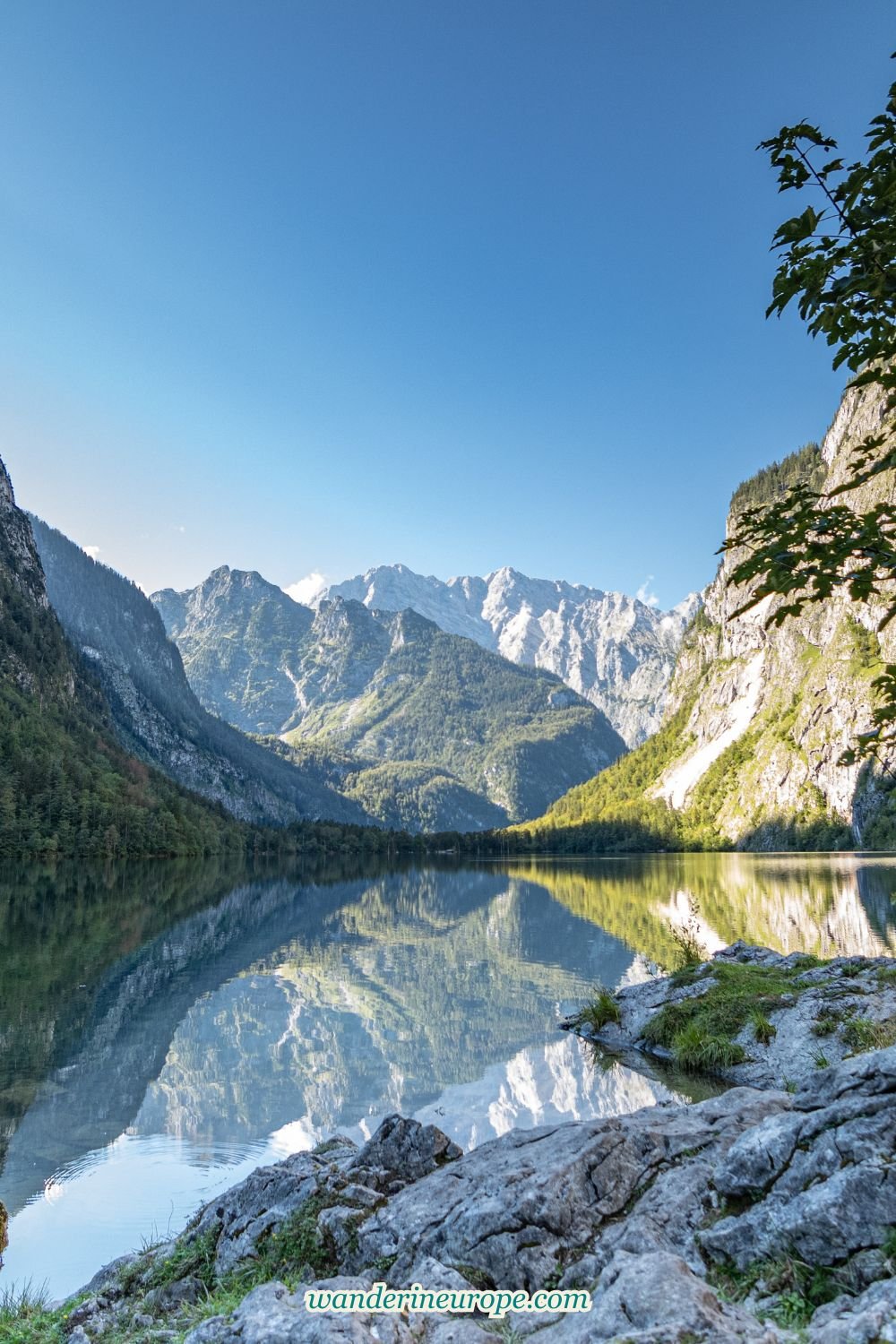
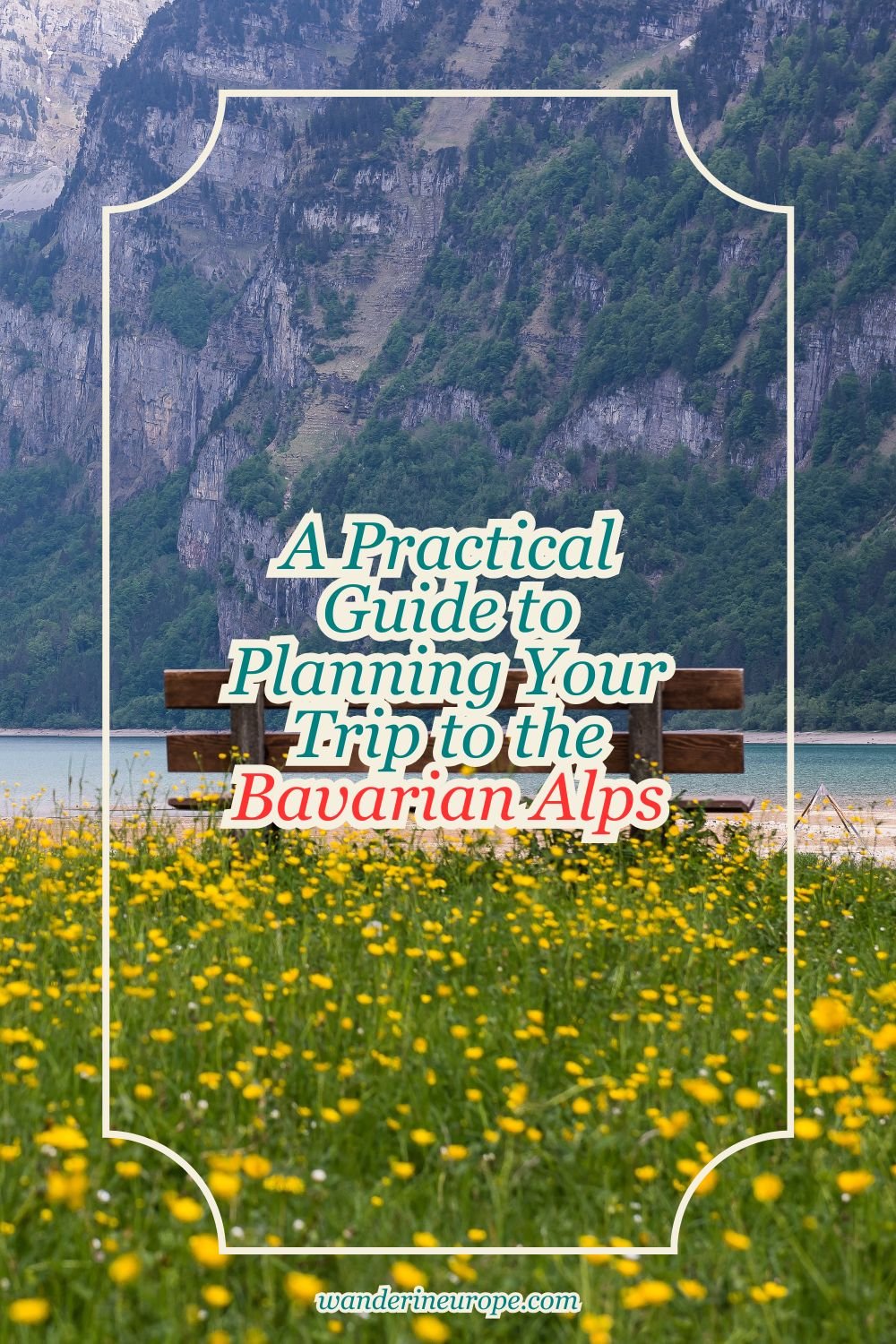
Pin this to save it for later or bookmark it to read anytime.

